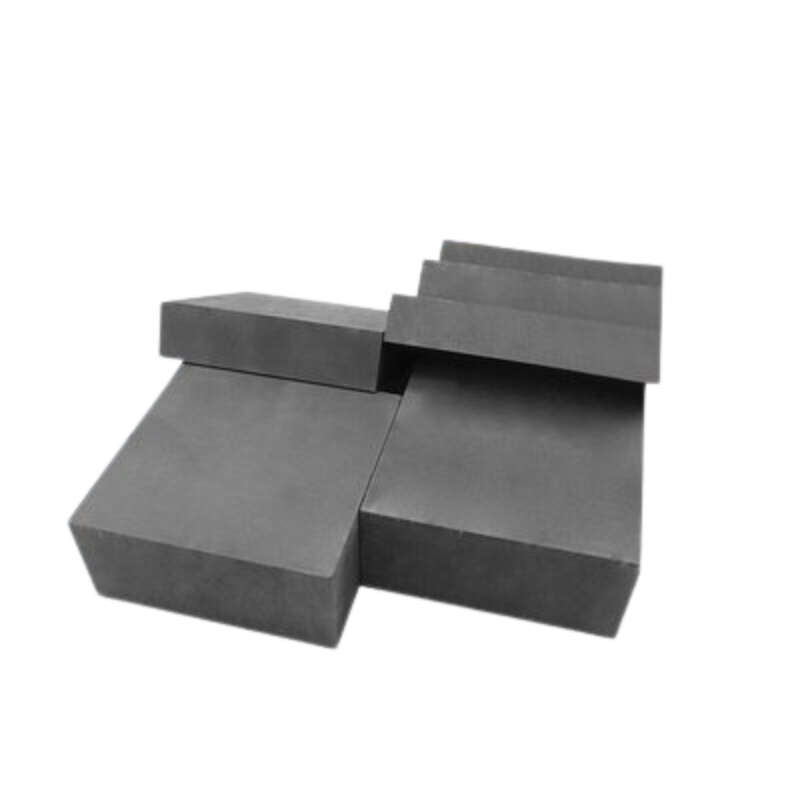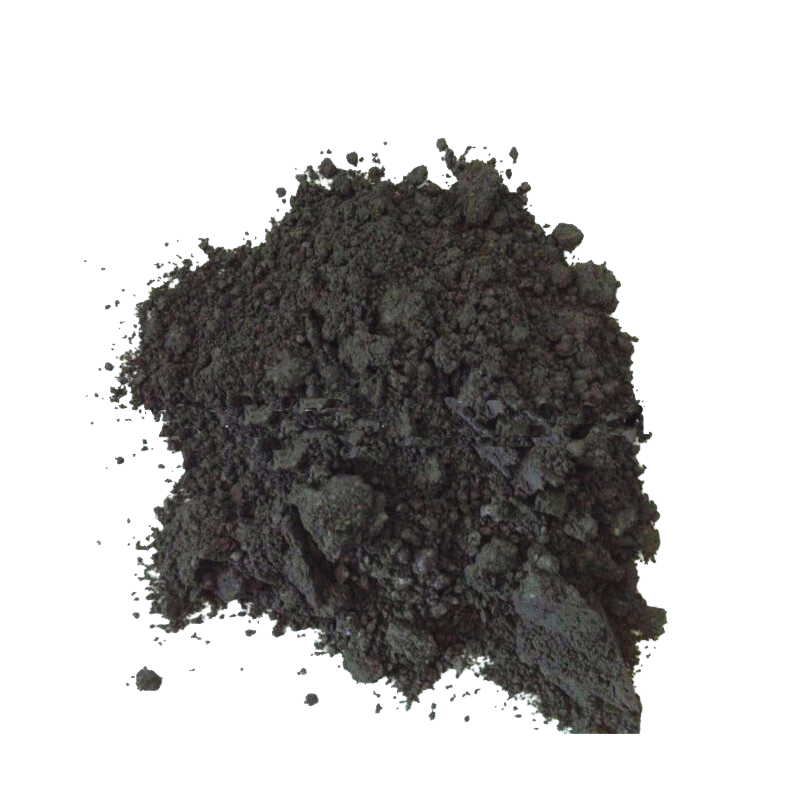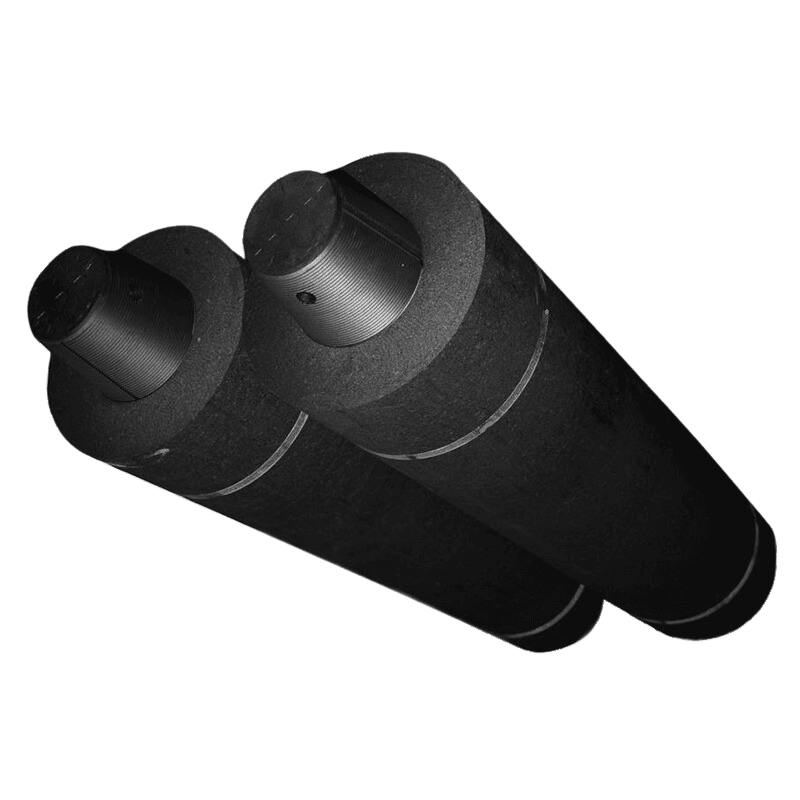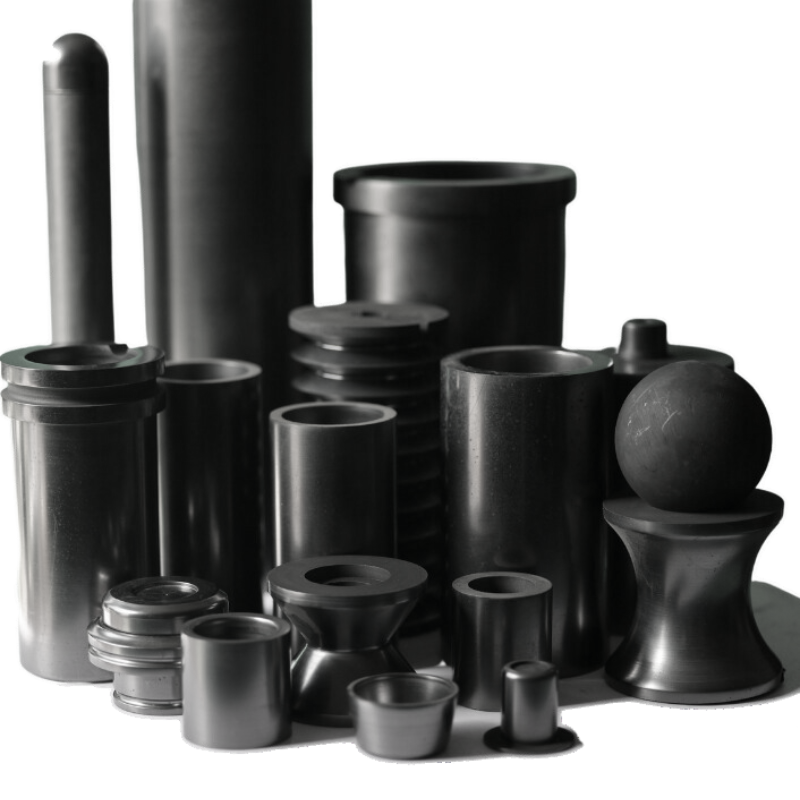To plate metal onto a graphite crucible, specific procedures and steps are required to ensure that the metal adheres firmly to the graphite surface and forms a uniform coating. Here are the general steps for plating metal onto a graphite crucible:
1.Preparation:
Ensure that the surface of the graphite crucible is clean and free from any impurities or grease. Clean the surface using detergents and solvents, and ensure it is completely dry.
2.Surface Treatment:
Use sandpaper or a grinding machine to lightly polish the surface of the graphite crucible to increase surface roughness and enhance metal adhesion. Ensure the surface is smooth, with no obvious indentations or abrasions.
3.Primer Coating:
Apply an appropriate metal primer coating to the surface of the graphite crucible to enhance metal adhesion. The choice of primer should consider the type of metal and the desired properties of the coating. Ensure the primer is evenly applied and fully dried.
4.Metal Plating:
Employ suitable metal plating techniques, such as electroplating or thermal spraying, to form a metal coating on the surface of the graphite crucible. Choose the appropriate plating method and parameters based on the desired metal type and thickness. Ensure the metal coating is uniform, dense, and firmly bonded to the graphite surface.
5.Post-Treatment:
After completing the metal plating, perform appropriate post-treatment steps to enhance the stability and corrosion resistance of the coating. This may include drying, annealing, or other heat treatment processes to ensure the quality and performance of the coating.
6.Quality Inspection:
Conduct quality inspection of the metal-plated graphite crucible, including visual inspection, metal adhesion testing, and coating thickness measurement. Ensure the coating meets requirements and can withstand the desired operating conditions and performance standards.
Note that different metal plating processes may vary, and specific steps and parameters may need adjustment based on the actual situation. Before plating metal, it is advisable to conduct some small-scale trials and experiments to determine the optimal process conditions and parameters. Additionally, ensure proper safety measures are taken when performing any processes involving chemicals or high temperatures to prevent accidents.





